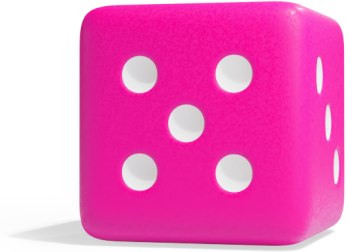6th grade Q1
When subtracting decimals where regrouping (or borrowing) is necessary, follow these steps.
Let's use this as an example:

Step 1: Line up the decimal points
Make sure both numbers are aligned so that each place value (like tenths or hundredths) is in the correct column.

Step 2: Subtract each column from right to left
Begin from the rightmost column, subtract the bottom number from the top number:
and

Step 3: Check if regrouping is needed
If the top digit is smaller than the bottom digit, like 5 being smaller than 7, you'll need to regroup (borrow). 5 is smaller than 7 so you need to regroup in this case.

Step 4: Regroup (borrow) from the next higher place value
Borrow 1 from the next column to the left. To show this, draw a diagonal line through the digit you're borrowing from. Borrowing 1 adds 10 to the digit in the current column, making it large enough to subtract. You get . The logic behind this way of doing it, is that 1 tenths is the same as 10 hundredths. The diagonal line makes sure you don't forget that you have "stolen" 1 tenths! So in this case you have only tenths left.

Step 5: Write down the difference for each place value as you go
Continue to the next column. Remember, a digit with a diagonal line through it is reduced by 1. Now you can subtract the digits in that column.

Subtract one final time: . You're done!

So the final answer is 2.0845.



















